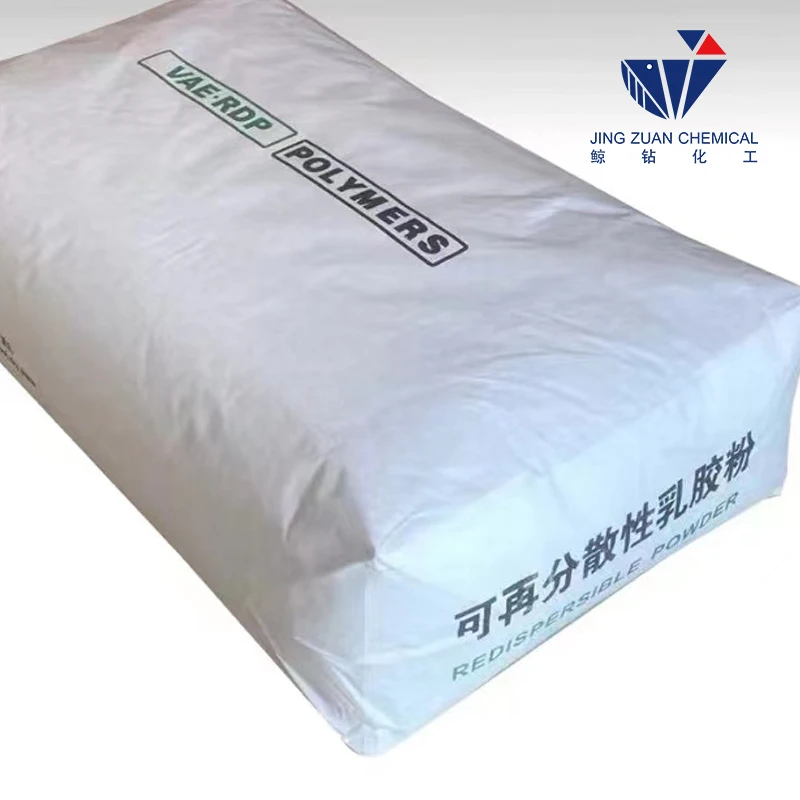
Nov . 05, 2024 17:47 Back to list
hydroxypropyl methyl cellulose solubility
Understanding Hydroxypropyl Methylcellulose (HPMC) Solubility
Hydroxypropyl methylcellulose (HPMC) is a versatile, non-ionic cellulose ether that has found applications across various industries, including pharmaceuticals, food, cosmetics, and construction. Its unique properties, such as film-forming capabilities, thickening abilities, and adhesive characteristics, have made it an essential ingredient in many formulations. This article focuses on the solubility of HPMC, a crucial factor that influences its application and performance.
Composition and Structure of HPMC
HPMC is synthesized by modifying cellulose, a natural polymer obtained from plant cell walls. In the modification process, propylene oxide and methyl chloride are introduced, resulting in hydroxypropyl and methyl groups being attached to the cellulose backbone. The degree of substitution and the ratio of hydroxypropyl to methyl groups are significant in determining the solubility and functionality of HPMC. Typically, higher degrees of substitution enhance its water solubility, which is essential for various applications.
Solubility Characteristics
The solubility of HPMC in water is a critical property that affects its usability. HPMC is soluble in warm or hot water, with optimal solubility often occurring at temperatures ranging from 60°C to 80°C. In contrast, it is insoluble in organic solvents such as ethanol, acetone, and chloroform. The solubility is influenced by several factors, including the molecular weight of HPMC, the degree of substitution, and the temperature of the solvent.
Higher molecular weight HPMC tends to have lower solubility, while HPMC with lower molecular weight can dissolve more readily. Additionally, different grades of HPMC are available, with varying levels of hydroxypropyl and methyl substitutions leading to distinct solubility characteristics. For instance, HPMC with a higher hydroxypropyl content usually exhibits better solubility due to the increased hydrophilic nature of the molecule.
hydroxypropyl methyl cellulose solubility

Applications Influenced by Solubility
In pharmaceuticals, HPMC is commonly used as a binder in tablets, a thickening agent in suspensions, and a film-forming agent in coatings. The solubility of HPMC plays a vital role in ensuring that these formulations achieve the desired viscosity and stability. For instance, in a controlled-release tablet formulation, the solubility of HPMC in the gastrointestinal tract affects the release rate of the active pharmaceutical ingredient.
In the food industry, HPMC is utilized as a food additive for its thickening, emulsifying, and stabilizing properties. The solubility of HPMC can influence the texture and mouthfeel of food products, making it an essential component in various recipes, including gluten-free baked goods and dairy alternatives.
Moreover, HPMC is extensively used in the construction sector, particularly in dry-mix mortars and tile adhesives. Its water-retention abilities and solubility characteristics enhance the workability and adhesion properties of these materials, ensuring longevity and durability in construction applications.
Conclusion
In summary, hydroxypropyl methylcellulose is a multifunctional polymer with broad applications across multiple industries. Its solubility characteristics—affected by molecular weight, substitution degree, and temperature—are crucial factors influencing its performance in various formulations. Understanding the solubility of HPMC allows manufacturers and formulators to leverage its properties effectively, ensuring that the final products meet the desired specifications and performance criteria. As research continues, it is likely that new grades and formulations of HPMC will emerge, expanding its applications and enhancing its utility in different fields.
-
Versatile Hpmc Uses in Different Industries
NewsJun.19,2025
-
Redispersible Powder's Role in Enhancing Durability of Construction Products
NewsJun.19,2025
-
Hydroxyethyl Cellulose Applications Driving Green Industrial Processes
NewsJun.19,2025
-
Exploring Different Redispersible Polymer Powder
NewsJun.19,2025
-
Choosing the Right Mortar Bonding Agent
NewsJun.19,2025
-
Applications and Significance of China Hpmc in Modern Industries
NewsJun.19,2025







